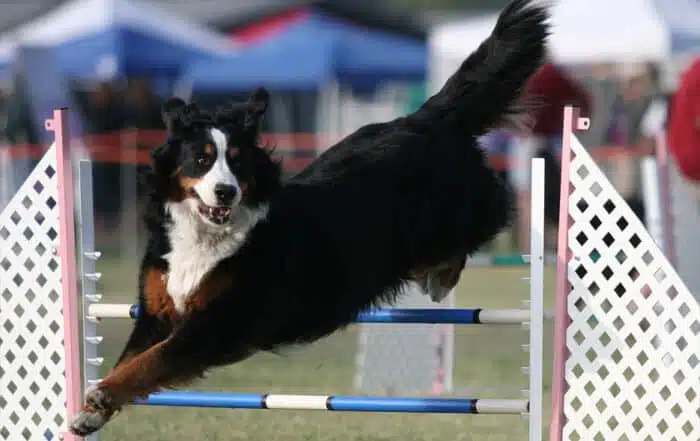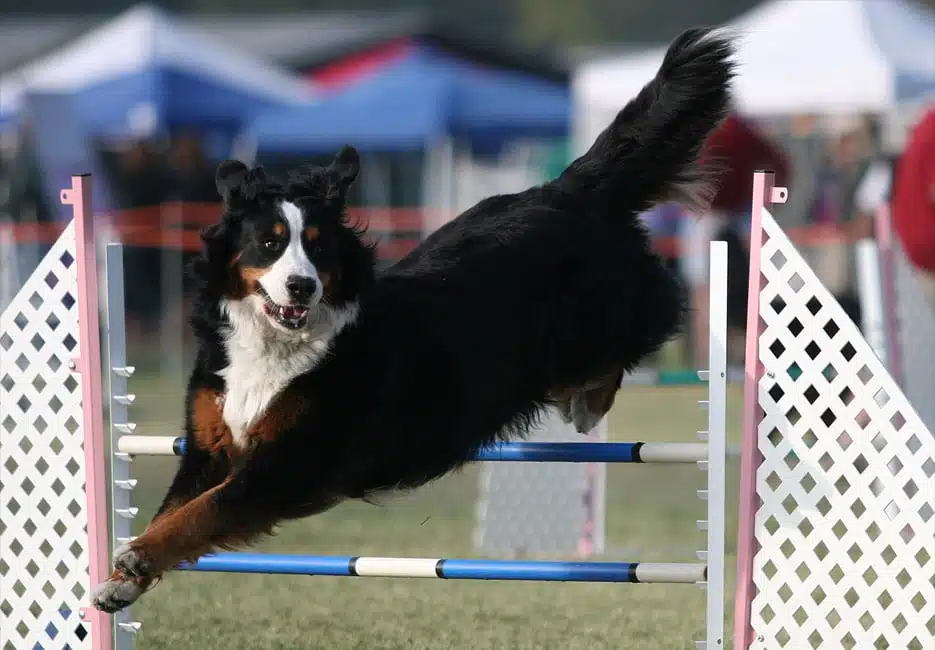Recent
How Dogs and Cats Positively Impact our Mental Health
infrawarriormusic2024-07-13T11:37:00-07:00
Pet Safety Tips for 4th of July
Victoria Moore2024-07-13T12:14:22-07:00
A Balanced View of Dog & Cat Nutrition
Victoria Moore2023-02-02T16:33:09-08:00
Lucy Pet Dog Food Rolls for Travel and Emergency Preparedness
infrawarriormusic2024-08-20T11:39:52-07:00
Lucy Pet Formulas for Life: Small Bites for Small Breeds
infrawarriormusic2022-01-17T18:42:04-08:00
Lucy Pet Formulas for Life: A Heart Healthy Food
Victoria Moore2021-04-17T11:28:27-07:00
Breeder’s Choice Pet Foods Revitalized with New Owners
Victoria Moore2020-12-17T16:02:35-08:00
Lucy Pet Welcomes Fiesta® Pet Bowls
Victoria Moore2023-05-10T11:31:23-07:00
All Articles

BLOG CATEGORIES
-
Can Dogs Eat Duck? The Benefits of Duck MeatAugust 7th, 2020
-
Common Australian Shepherd Health ProblemsNovember 13th, 2019
-
Is it possible to reverse the signs of aging in our dogs?March 28th, 2018
-
8 Reasons Lucy Pet Food is the BEST!March 29th, 2018
-
Introducing our totally awesome brand ambassador, Emmy PerryMarch 29th, 2018
-
Honoring pet heroes who have saved human livesDecember 26th, 2017
-
Pet Fire Safety TipsJuly 13th, 2024
-
How Dogs and Cats Positively Impact our Mental HealthApril 25th, 2024
-
Pet Safety Tips for 4th of JulyJune 20th, 2023
-
A Balanced View of Dog & Cat NutritionFebruary 2nd, 2023
-
Lucy Pet Dog Food Rolls for Travel and Emergency PreparednessApril 1st, 2022
-
Lucy Pet Formulas for Life: Small Bites for Small BreedsJanuary 16th, 2022
How Dogs and Cats Positively Impact our Mental Health
How Dogs and Cats Positively Impact our Mental Health May is Mental Health Awareness Month, and at our Lucy Pet Foundation™, we know how important a pet can be for a positive impact on
A Balanced View of Dog & Cat Nutrition
The amount of conflicting information on the internet about dog and cat nutrition can be challenging to interpret and understand. Often times there are hidden agendas or scare tactics to influence the consumer. Here
Lucy Pet Dog Food Rolls for Travel and Emergency Preparedness
Lucy Pet Dog Food Rolls - Perfect For Travel as well as Emergency Preparedness Lucy Pet® Original Recipe™ Dog Food Rolls are a nutritious meal for the traveling dog. Plus they're quick to prepare
Lucy Pet Formulas for Life: Small Bites for Small Breeds
Lucy Pet Foods™ Small Bites for Small Breeds Lucy Pet™ Small Bites for Small Breeds is now made in little kibble for toy and small breed puppies and adult dogs! The same great Lucy Pet
Lucy Pet Formulas for Life: A Heart Healthy Food
Lucy Pet for Heart Health Lucy Pet Formulas for Life™ is formulated with lean proteins; it contains our own P.B.F Prebiotic Balanced Fiber™ for gut health. But what about heart health? Well, the fact
Can Dogs Eat Duck? The Benefits of Duck Meat
Is Duck Good For Dogs? Some pet owners may be looking for alternatives to beef, lamb, salmon dog food or chicken dog food. And their question is: can dogs eat duck meat? The answer,
What Vegetables Can Dogs Eat? Safest and Best Veggies for Dogs
Safest and Best Veggies for Dogs. Since dogs require very different nutrition than humans, it can be difficult to determine which vegetable dogs should eat. You might think it’d be more straightforward when it comes to
Can Dogs Eat Grapes? Or Are They Poisonous & Bad For Dogs?
We hear the question often: Can Dogs Eat Grapes? The answer is a big NO. Grapes (including raisins) are extremely toxic to dogs and should be avoided at all costs. Grapes can be so
What Can Dogs Not Eat? Full List of Toxic Foods Bad for Dogs
What Foods Can Dogs Not Eat? Our furry best friends may seem more than happy to eat anything that they can get their paws on! But there are several foods dogs shouldn’t eat, including
A Helpful Guide to the Best Food for Chow Chows
. A Helpful Guide to the Best Food for Chow Chows As any pet parent will attest, finding the best type of food for your dog is important. But not always as easy as you’d
10 Fun Facts About Chow Chows
10 Fun Facts About Chow Chows: Interesting Tidbits & Trivia There’s no mistaking a Chow Chow! These iconic dog breeds have so many unique characteristics, they'll never get mixed up with another breed. Both handsome



































ladybluelady33 says:
lucas1wj says:
Pamela F says:
Owen Aston says:
homesbydoglady says:
Pamela Fowlkes says: